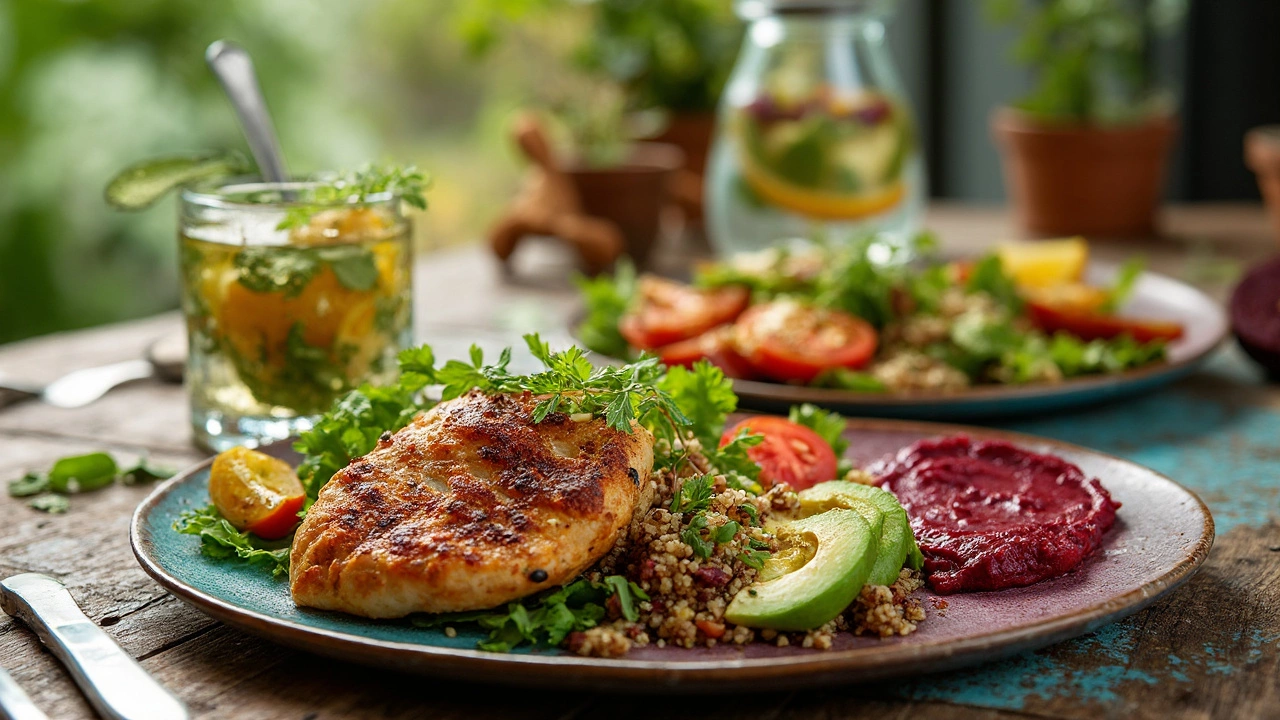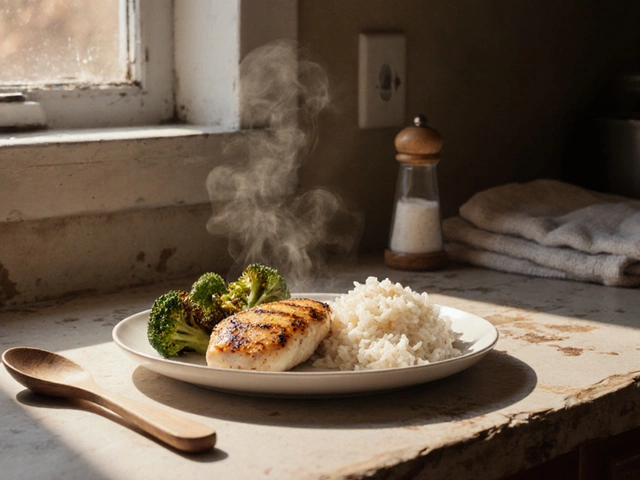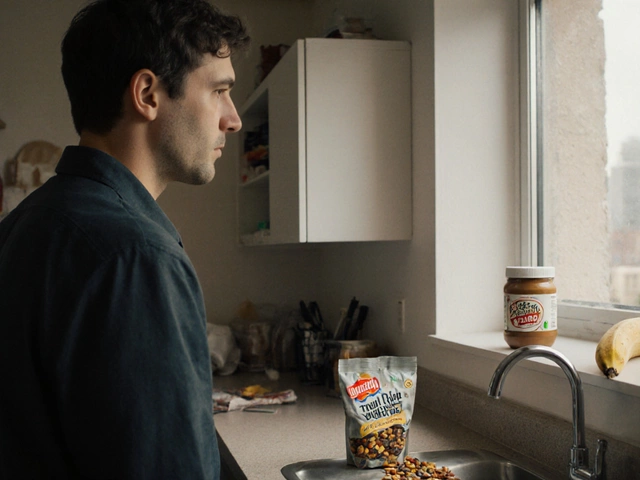Balanced Meals Made Simple: Your Guide to Everyday Nutrition
Ever stare at your fridge and wonder if you’re really getting a balanced plate? You’re not alone. A balanced meal doesn’t need fancy gadgets or exotic ingredients—just a few easy rules and a bit of planning.
What Makes a Meal Balanced?
Think of your plate as a puzzle. The biggest pieces are vegetables and fruits—aim for half of the plate. The other half splits between lean protein and whole‑grain carbs, with a small dollop of healthy fats for flavor and satiety. This combo keeps blood sugar steady, fuels your body, and helps you stay full longer.
Quick Tips to Build Your Plate
1. Veggie first: Load up on colorful veggies. Fresh, frozen, or canned (no added sugar or salt) all work. A handful of spinach, a cup of broccoli, or a handful of bell peppers does the trick.
2. Protein portion: Aim for 3‑4 oz of cooked meat, fish, beans, or tofu – about the size of a deck of cards. If you’re on a budget, beans and lentils are cheap, protein‑packed, and easy to batch‑cook.
3. Whole grain carbs: Swap white rice for brown rice, quinoa, or whole‑wheat pasta. A half‑cup cooked grain adds fiber and slows digestion.
4. Healthy fats: A spoonful of olive oil, a few nuts, or avocado slices add flavor and help absorb fat‑soluble vitamins. Keep it to about a quarter of a cup total.
5. Season smart: Use herbs, spices, lemon, or vinegar instead of heavy sauces. They add taste without extra calories or sodium.
Putting these steps together takes only a few minutes. For a quick lunch, toss mixed greens, canned chickpeas, cherry tomatoes, a drizzle of olive oil, and a slice of whole‑grain bread. Dinner could be stir‑fried veggies, grilled chicken, and quinoa—all ready in under 30 minutes.
If you’re juggling a busy schedule, meal prep is a game‑changer. Cook a big batch of beans or lentils on Sunday, steam a tray of mixed veggies, and portion out grains into containers. Then each night you just reheat and add your protein.
Balancing meals doesn’t mean you have to give up your favorite flavors. Add a pinch of cumin to roasted carrots, a dash of chili flakes to quinoa, or a splash of soy sauce to a quick veggie stir‑fry. These small tweaks keep your meals exciting while staying nutritious.
Budget‑friendly tip: shop the perimeter of the grocery store for fresh produce, meat, and dairy. The middle aisles hold processed foods that often cost more per nutrient. Frozen vegetables are also a great backup – they’re flash‑frozen at peak freshness and usually cheaper than fresh out of season.
Finally, listen to your body. A balanced plate should leave you satisfied without feeling sluggish. If you’re still hungry after a meal, add more veggies. If you’re low on energy, boost the grain portion a bit.
Ready to start? Grab a plate, divide it using the half‑half‑quarter rule, and enjoy a meal that tastes good and fuels you right.

Healthiest Lunch Ever: Build the Ultimate Power Plate
by Landon Weathers / 22 May 2025Ever wondered what the healthiest lunch looks like? This article lays out the science and simple steps behind a lunch that checks every box—filling, tasty, and super good for you. Discover how to build a balanced plate, why each component matters, and smart ways to make your lunch healthier without sacrificing flavor. It’s packed with real-life tips, ingredient swaps, and straight-up explanations anyone can use. Lunch just got a major upgrade.




